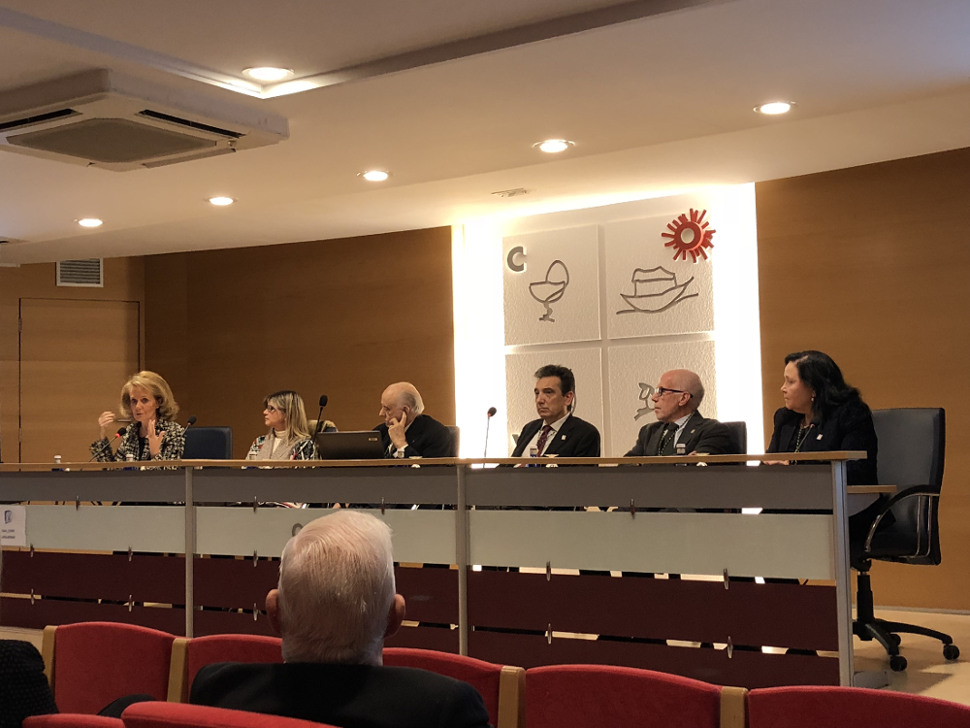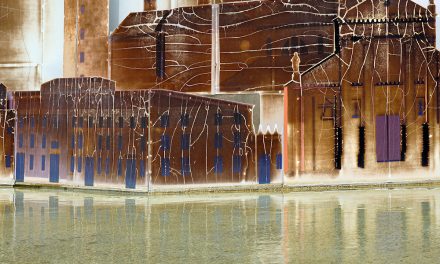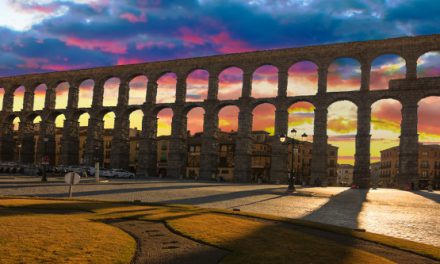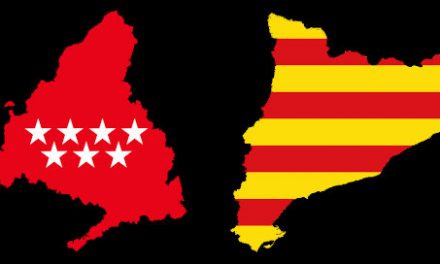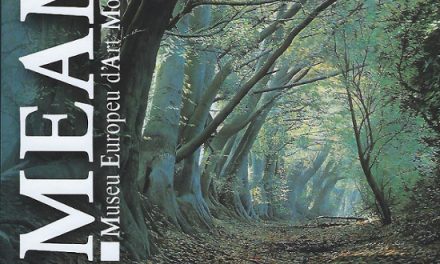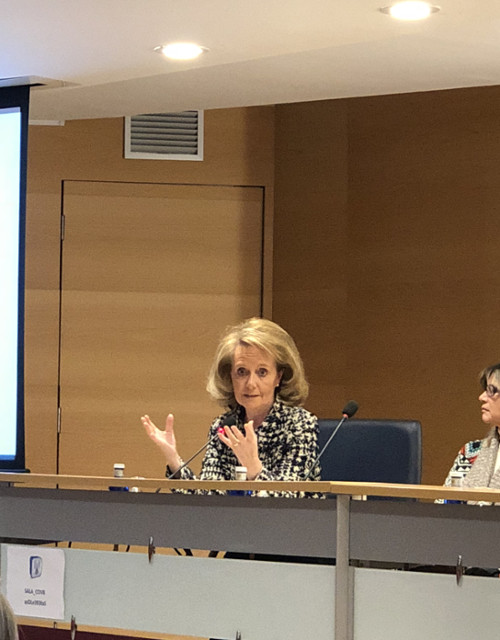
Mariàngela Vilallonga, director of the Chair of Literary Heritage Maria Àngels Anglada-Carles Fages de Climent of the University of Girona, vice-president of the Institute of Catalan Studies and full academician of the Royal European Academy of Doctors-Barcelona 1914 (RAED), gave last November 27 the closing conference of the academic year 2018 of the Academy of Veterinary Sciences of Catalonia, which was held in the Assembly Hall of the Official Association of Veterinarians of Barcelona, headquarters of the corporation. Vilallonga intervened with the work “Bestiaris, faules i metamorfosis” (Bestiaries, fables and metamorphoses). The session was presented by the academician and general secretary of the Academy of Veterinary Sciences and at the same time academician and vice-president of the RAED Maria Àngels Calvo.
Vilallonga presented the particularities of the bestiary, a literary genre that includes a set of animals and monsters with different symbols. It’s a basically medieval genre, which transmitted knowledge through illuminated manuscripts with a didactic function. Animals related to virtues and defects or exemplified the wonders of the world created by God. The bestiary set numerous festivals and Catalan customs.
The fable, on the other hand, is a short story of fiction where the protagonists are humanized animals or plants. It also has a generally ethical didactic character that is shown at the end of the story. Created in classical antiquity, among its authors include Aesop and Phaedrus. In medieval times they acquire a religious character and with the Enlightenment they have a new educational purpose.
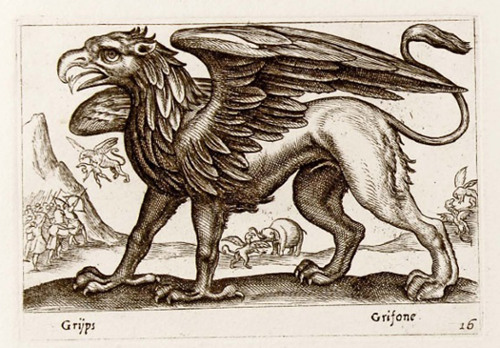 The academician also stressed that in the Renaissance the fables had the interest of the humanists and Leonardo da Vinci, for example, composed a book of fables. Of the Contemporary Age she highlighted great fabulists like George Orwell.
The academician also stressed that in the Renaissance the fables had the interest of the humanists and Leonardo da Vinci, for example, composed a book of fables. Of the Contemporary Age she highlighted great fabulists like George Orwell.
Metamorphosis, the process through which an insect or an amphibian passes through different stages of its development, also has its literary correlate. Vilallonga cited “The Metamorphoses” by the Roman poet Ovid, which describe the creation and history of the world. As a close reference, she highlighted “La salamandra” (The salamander) by Mercè Rodoreda. In the field of plastic arts, metamorphoses are the main source of inspiration in terms of iconography and mythological themes, especially in Renaissance and Baroque art. In music there are numerous compositions, especially operas and cantatas, which develop the theme.
